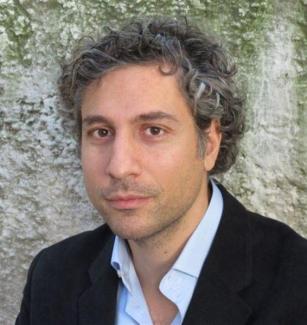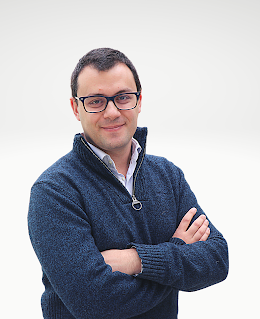The impact of conflict and refugee re-settlement on state capacity and economic growth: Evidence from Mozambique
By the end of 2014, the number of people forcibly displaced had risen to a staggering 59.5 million compared to 37.5 million in 2004. Globally, one in every 122 humans is now either a refugee, internally displaced, or seeking asylum. While the policy focus of the international community has been on providing immediate humanitarian assistance, a crucial next step will be to facilitate the resettlement and economic, political and social reintegration of refugees once the conflict is over.
There are several potentially important channels through which the relationship between displaced citizens and the state in post-conflict societies can condition economic growth in the medium to long-term. Exposure to violence and the experience of displacement can affect important determinants of growth such as political behaviour and trust in the state; demand for health and education; social behaviour such as crime and trust in others; as well as economic behaviour and productivity if displacement affects the likelihood that individuals make long-term investments in fixed assets. The direction of these effects is, however, uncertain.
Are communities with a higher share of refugees or more exposed to violence more likely to engage in post-conflict democratic political processes or are they more likely to reject them altogether? Are these communities more likely to engage in crime? Do they show more or less trust in their communities and in the state? Do refugees return to their pre-conflict livelihoods?
Key empirical challenges to date have been the ability to isolate the role of resettled refugees from the overall impact of conflict as well as the non-randomness of both the timing and the characteristics of refugee flows. We aim to make progress on these questions by exploiting plausibly exogenous variation in patterns of refugee resettlement following the Mozambican Civil War (1977-1992) that resulted in the displacement of over 5 million refugees. The timing and patterns of relocation were highly dependent on the quality of the road infrastructure after the conflict, the location of landmines, the distance between resettlement areas, and weather conditions. Refugee camps also varied in terms of their size; ethnic, gender and age composition, and length of establishment. Ultimately, we aim to explain outcomes of interest across communities with different shares of refugees exposed to different types of displacement experiences and different intensities of violence during the conflict.






